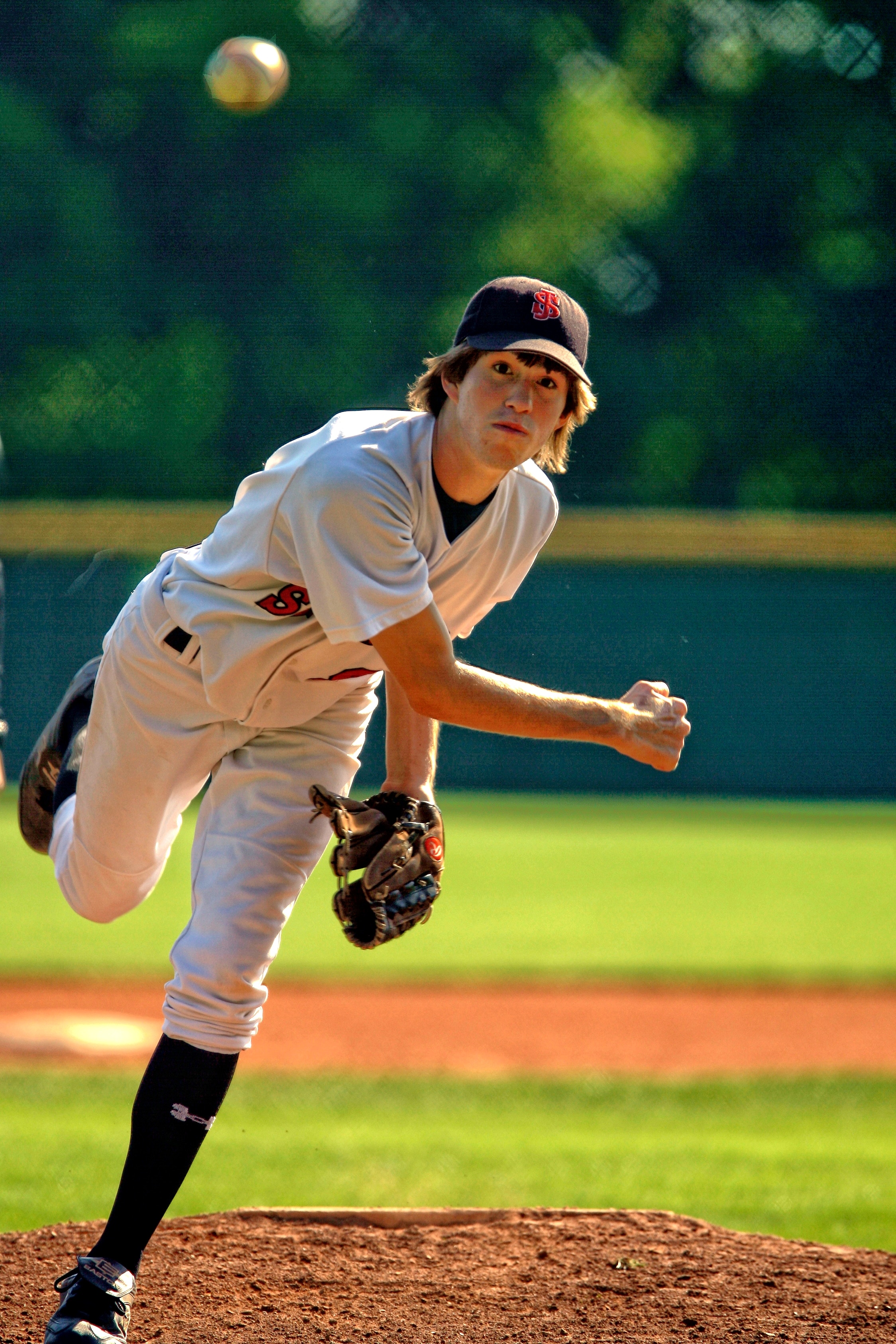How to deal with tendonitis
/By: Joe Fleming from Vive Health
Tendonitis can occur in almost any muscle that’s used for a repetitive activity or that’s damaged in a trauma injury, making it one of the most common muscle injuries.
Although it is a little more common in people over 40 who are in poor physical condition, anyone can sustain one of these injuries at almost any time.
The best way to avoid tendonitis is to take some preventative steps.
But if you do sustain one of these injuries, recovery is usually not too difficult as long as you have a plan and stick to that plan.
What is tendonitis?
Tendons are the tissues that connect muscles to bones.
In certain situations, these tissues become inflamed.
Inflammation that leads to tendonitis is most commonly caused by repeated, small strains to a muscle's tendon in a specific way.
That might look like straining the muscle doing the same movement pattern over and over again, even if the movement is being done "correctly."
This inflammation usually causes intense pain and temporary loss of function in the joint.
Common Tendonitis Types
Some of the most common types are:
Medial Epicondylitis: Otherwise known as "golfer’s elbow," this affects the inside of the elbow joint. Typically an incorrect grip, as opposed to the elbow’s use, causes this injury. It’s most common among golfers, hence the nickname.
Lateral Epicondylitis: This one also has a common nickname: "tennis elbow." Lateral epicondylitis affects the outside of the elbow joint. In addition to poor grip, repetitive elbow motion can cause this injury. Although not terribly serious, tennis elbow usually does take a little longer to heal than other kinds of tendonitis.
Radial Styloid Tenosynovitis: De Quervain's tenosynovitis affects the tendons on the thumb side of the hand. Repetitive typing or some other vocational-type activity almost always causes this injury.
Impingement Syndrome: "Swimmer’s shoulder" usually affects any athlete who uses their shoulders a lot, such as swimmers, baseball players, and weightlifters. With every movement, the tendon grates against the shoulder blade, and over time, the repetitive stress can trigger a tendonitis injury.
Achilles Tendonitis: Heel tendonitis is quite common among middle-aged people who get little exercise during the week but play sports or engage in other rather intense physical activity on the weekends. If left untreated or not treated properly, scar tissue will replace the tendon, perhaps causing permanent loss of motion.
Wrist Tendonitis: Repetitive hand and fine motor skill use (think turning a wrench) often inflames wrist tendons. Typically, the wrist is stiff in the mornings and painful during later hours.
Patellar Tendonitis: Volleyball players, basketball players, and other athletes who jump a lot are at risk for knee or hamstring tendonitis, which are also known as Sinding-Larsen-Johansson disease. This is largely because the tendon that connects the knee to the shinbone is already one of the most frequently-used tendons in the body. Click here to read more about hamstring tendonitis.
In a few cases, infections from dog bites and other such wounds can also cause tendonitis.
These cases would be much more infrequent and require specialized attention other than the protocols developed for most of the common tendonitis cases listed above.
Preventing Tendonitis
When we take up a new hobby, like gardening, or start new exercise programs, we are excited and tend to do too much too fast.
Similarly, when we play sports, we play to win.
Overexertion like this nearly always causes tendonitis, especially in people over 40.
So don’t lose yourself in that new hobby completely! If you love it, obviously you want to be able to do it for a long time.
Be cautious when beginning a new exercise program.
Start with a low number of low-intensity repetitions, and work your way up to heavier loads or higher repetitions.
And always warm up, perhaps by light jogging, before participating in sports.
Another natural tendency is the inclination to “play through the pain” so as to not let down our teammates or not fall behind on our exercise schedules.
These are worthwhile goals, but if you feel a sharp pain in your joints, it will almost certainly get a lot worse unless you stop.
Paying attention to your body, even when it's "just a dull ache" is the best way to make sure to prevent tendonitis and continue doing the physical activities you love for a long time.
Curing Tendonitis
With the exception of tennis elbow, which may take a couple of months to heal, most types of tendonitis will heal within about a month if your recovery plan has the following elements:
Immobilization: Items like wrist braces, knee braces, and thumb braces immobilize the joint to prevent further injury, provide compression to decrease swelling, and support the area while the tendon heals.
Ice: Fifteen to twenty minutes of cold therapy a day will not only reduce inflammation and swelling, but also relieve pain.
Do not resume previous activities until the injury is 100 percent healed, but after about the first two weeks of recovery, it may be okay to use the joint a little, perhaps by exercising it to speed healing.
In sum, you have the power to both prevent and overcome the different types of tendonitis.
Just be smart, listen to your body, and make sure to take adequate recovery time between physical bouts to let the body heal. Switching up what you do for workouts daily will be a simple and effective strategy to do just that!
And as always, consult a physician if you believe you are having symptoms of tendonitis to determine the best treatment protocol for you.





